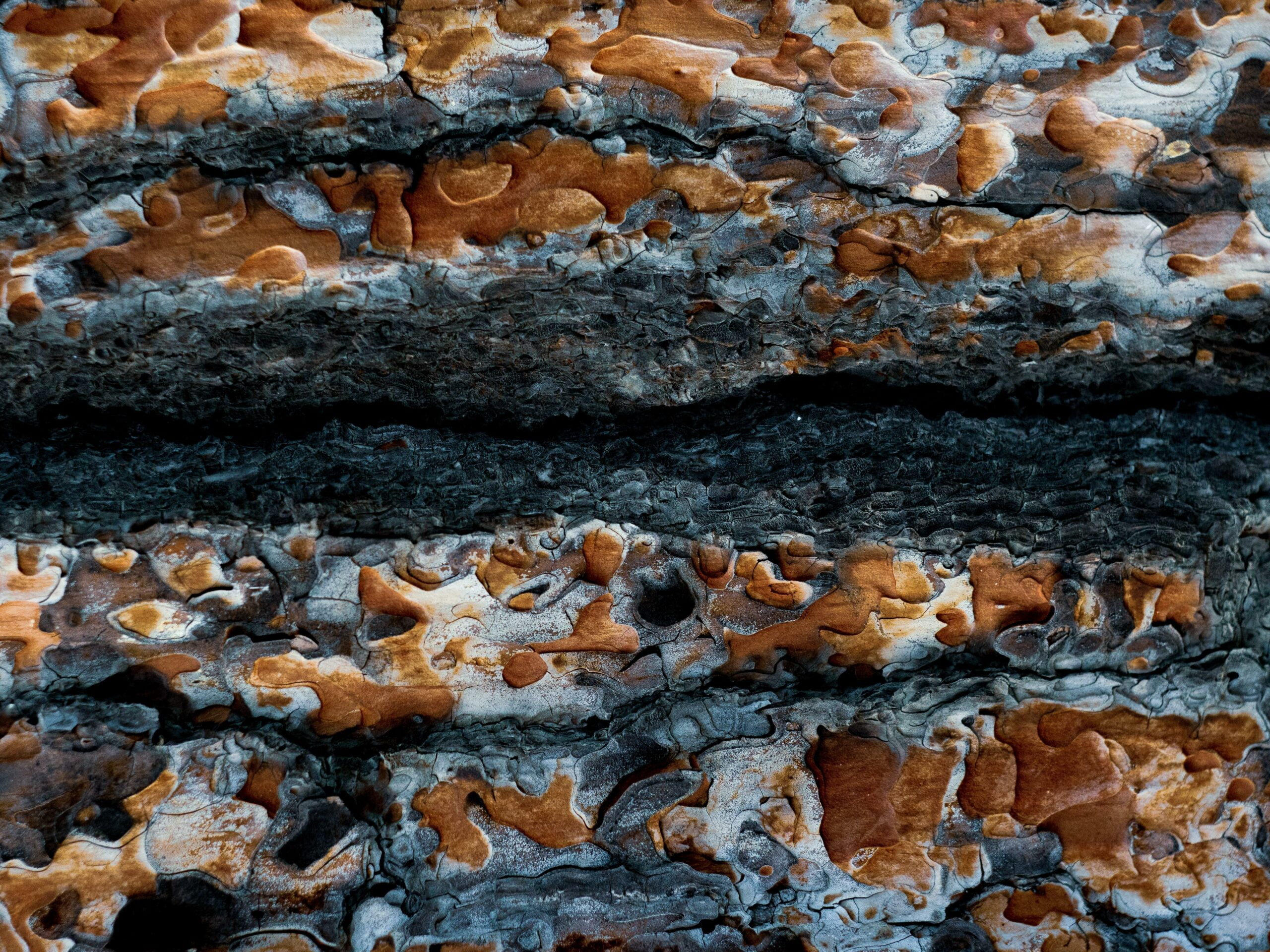Are you tired of feeling self-conscious about those stubborn atrophic scars? Well, fret no more because we’ve got some revolutionary treatments that are bound to dazzle you! In this article, we will dive deep into the world of atrophic scar treatments, unveiling effective solutions that can help you bid adieu to those pesky reminders of the past. From cutting-edge micro-needling techniques to advanced laser therapy, we’ve got you covered. So get ready to discover the game-changing treatments that will leave your skin looking smoother, more radiant, and free from the clutches of atrophic scars!

Treatments for Atrophic Scars
As an experienced dermatologist specializing in scar treatments, I understand the frustration and emotional impact that atrophic scars can have on individuals. These indented scars are caused by a loss of collagen and tissue, resulting in an uneven and textured appearance. The good news is that there are several effective treatments available to improve the appearance of atrophic scars.
One of the key treatments for atrophic scars is the use of topical solutions. Retinoids, such as tretinoin, can stimulate collagen production and improve the skin’s texture. Vitamin C, specifically L-ascorbic acid, is also beneficial for increasing collagen synthesis. By incorporating these topical treatments into your skincare routine, you can enhance the overall appearance of atrophic scars.
Injectable treatments are another popular option for treating atrophic scars. Dermal fillers, such as hyaluronic acid, can be strategically injected into the depressions caused by atrophic scars, filling them in and creating a smoother surface. Platelet-rich plasma (PRP) is another injectable option that utilizes your body’s own growth factors to stimulate collagen production and enhance skin rejuvenation.
Laser therapy has revolutionized the treatment of atrophic scars. By using fractional lasers, we can remodel the skin and stimulate collagen production, resulting in significant improvement in scar appearance. Additionally, laser treatments can target pigmentation irregularities often associated with atrophic scars, further enhancing the overall results.
Chemical peels are an effective way to improve the appearance of atrophic scars. These peels involve applying a chemical solution to the skin, which removes the damaged outer layer and reveals a healthier layer underneath. Chemical peels can address pigmentation issues while also stimulating collagen production, leading to smoother and more even-textured skin.
Microneedling therapy, also known as skin needling, is another treatment gaining popularity for atrophic scars. This procedure involves using a device with tiny needles to puncture the skin and stimulate collagen production. The resulting micro-injuries prompt the body’s natural healing process, generating a healthier layer of skin and improving the appearance of atrophic scars.
For more severe atrophic scars, surgical interventions may be necessary. Punch excision involves removing the scarred tissue and allowing the wound to heal naturally. This procedure is often followed by scar revision techniques to optimize the final appearance. Subcision is another surgical option that breaks the fibrous bands that tether the scar to the underlying tissue, allowing the scar to rise and blend with the surrounding skin.
When considering these treatments for atrophic scars, it’s important to consult with a qualified dermatologist or specialist who can assess your individual situation and recommend the most suitable approach. Remember, each scar is unique, and a personalized treatment plan is essential for optimal results.
In conclusion, the advancements in scar treatment offer hope and effective solutions for individuals seeking to improve the appearance of atrophic scars. Whether through topical treatments, injectables, laser therapy, chemical peels, or surgical interventions, there are options available to address this common skin concern. Seeking the guidance of a qualified professional will ensure a tailored approach that aligns with your goals and maximizes the results.
“Don’t let atrophic scars define your confidence. Explore the range of treatments available and take the first step towards smoother, more even-textured skin.”
Atrophic scars can have a significant impact on one’s self-esteem and confidence. If you’ve been searching for facts about atrophic scars, look no further. We’ve compiled a comprehensive list of information that will help you better understand these types of scars and provide valuable insights into their treatment and prevention. Discover the latest research, expert advice, and practical tips on how to effectively deal with atrophic scars. Click here to uncover the truth behind atrophic scars: facts about atrophic scars.
FAQ
Q: What are atrophic scars?
A: Atrophic scars are indented scars that result from a loss of collagen and tissue.
Q: What are some topical treatments for atrophic scars?
A: Retinoids and vitamin C are popular topical treatments that can stimulate collagen production and improve the appearance of atrophic scars.
Q: What are some injectable treatments for atrophic scars?
A: Injectable treatments such as fillers and platelet-rich plasma (PRP) can fill in indentations and improve the texture of the skin affected by atrophic scars.
Q: Are there any laser treatments available for atrophic scars?
A: Yes, laser treatments can remodel the skin and stimulate collagen production, which can effectively improve the appearance of atrophic scars.
Q: How can chemical peels help with atrophic scars?
A: Chemical peels can remove the damaged layer of skin affected by atrophic scars and reveal a healthier layer, improving the overall appearance of the scars.
“`json
“`
- Sept 31 Myth: Unveiling Calendar Secrets - March 18, 2025
- How Long & Till December 18, 2025: Accurate Countdown Guide - March 18, 2025
- Discover Japanese Artists: A Complete History - March 18, 2025
















